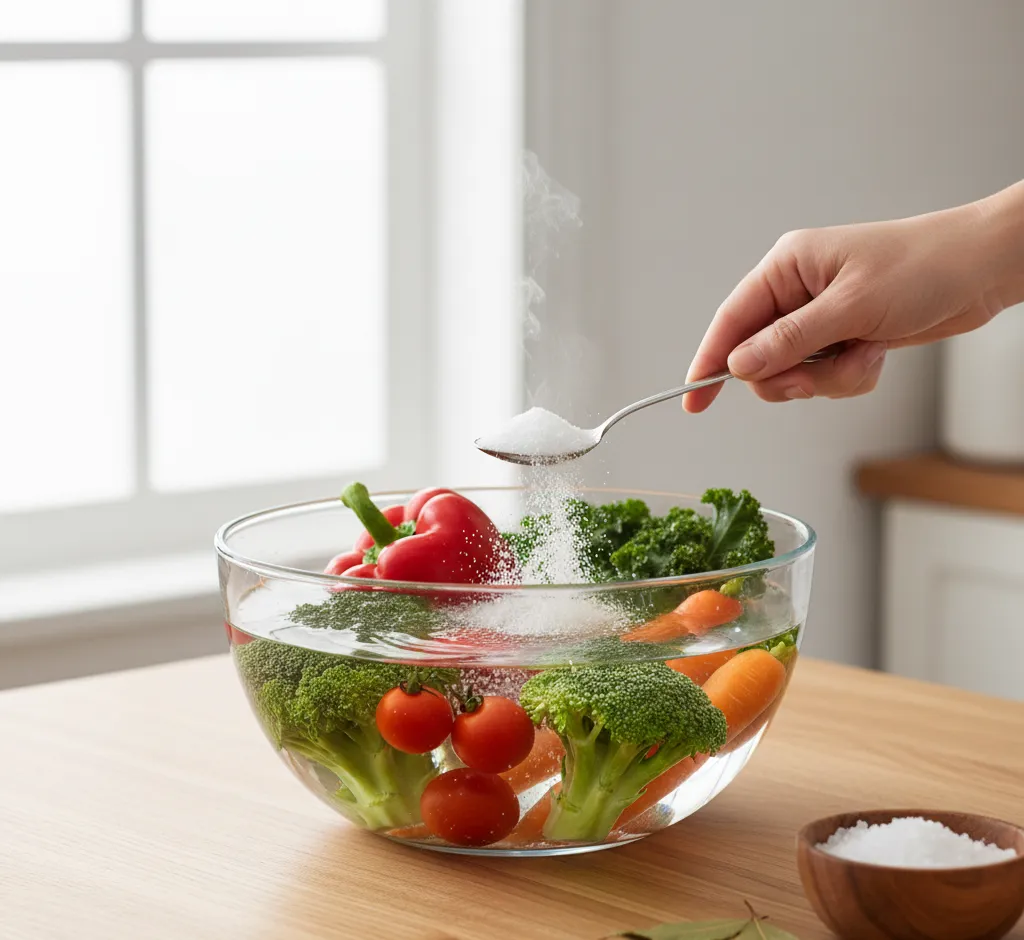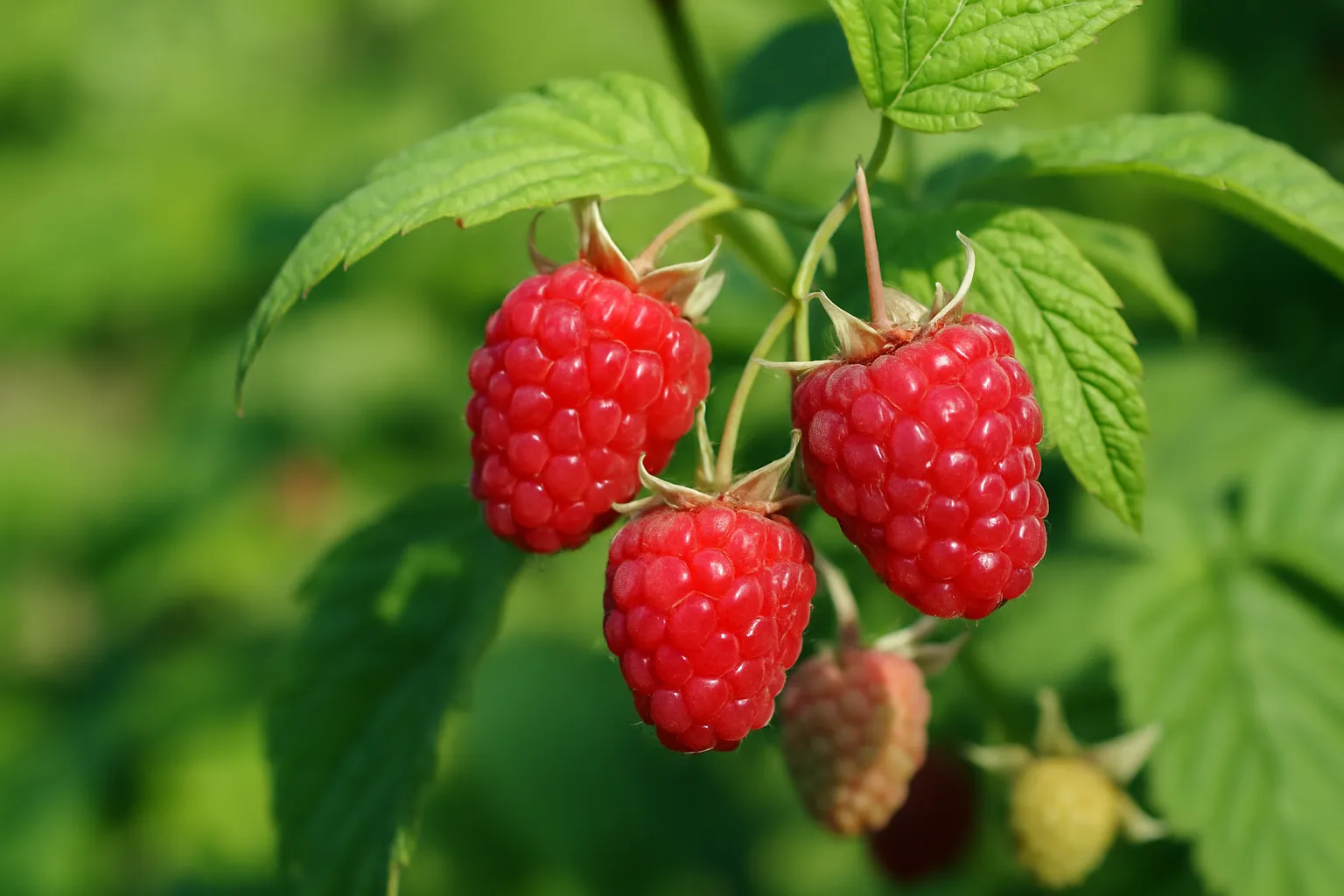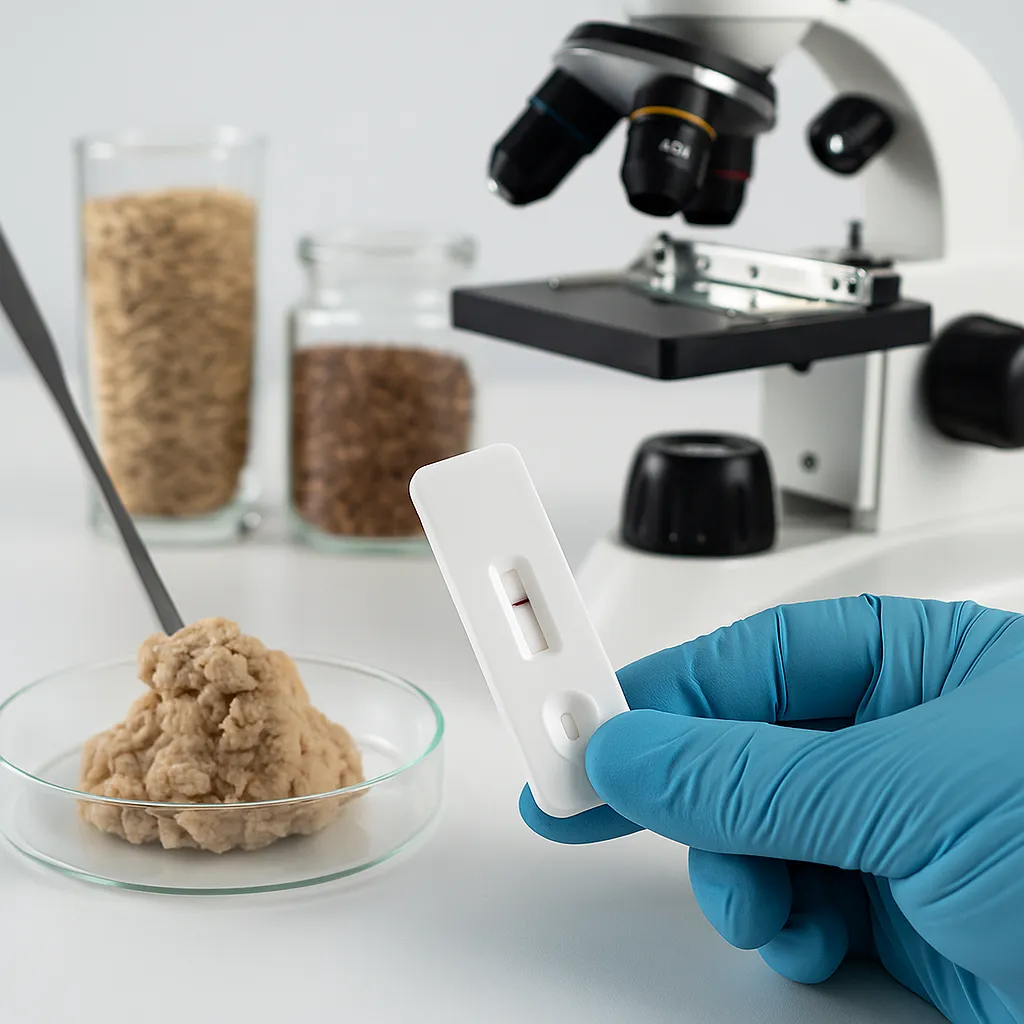The Essential Guide to a Simple Salt Water Soak for Cleaner, Crisper Vegetables
Discover the simple, natural, and highly effective way to clean your vegetables with a basic salt water soak. Learn the ideal ratio, timing, and step-by-step method to remove pests, dirt, and surface impurities for crisper, safer produce.

🌱 Why a Simple Salt Water Soak is Your Kitchen Secret Weapon
In our modern quest for healthier eating, we often focus on *what* we eat, but perhaps not enough on *how* we prepare it. When vegetables arrive from the farm, the market, or even your backyard garden, they carry more than just vitamins and fiber. They can host microscopic organisms, soil residue, and, in the case of conventionally grown produce, traces of pesticides and waxes. While a quick rinse under the tap is a common practice, it often isn't enough to truly purify and revitalize your fresh produce.
Enter the **simple salt water soak**: an age-old, natural, and incredibly effective method that goes far beyond a surface rinse. It's not just about cleanliness; it's about preparation that enhances both the safety and the sensory quality of your food. This comprehensive guide will delve into the science, the practical applications, and the numerous benefits of integrating a simple saline solution into your vegetable preparation routine.
🔬 The Science Behind the Saline Solution
How Salt Works as a Produce Purifier
The effectiveness of a salt water soak is rooted in basic biological and chemical principles:
- Osmosis for Pests and Impurities: Salt, or sodium chloride ($NaCl$), when dissolved in water, creates a hypertonic solution (a solution with a higher concentration of solutes outside the cell). When small insects (like aphids or flea beetles) or microscopic organisms on the surface of your vegetables are exposed to this environment, osmosis draws water out of their cells, causing them to dehydrate and detach.
- Dissolving Wax and Dirt: The slight abrasive and solvency action of the salt, especially when agitated, helps to loosen tough-to-remove dirt and the waxy coatings often applied to produce like cucumbers, apples, and peppers for preservation.
- Drawing Out Flavor Impurities: For some vegetables, like cabbage or certain bitter greens, a brief salt soak can draw out bitter compounds, leaving the vegetable with a milder, more palatable flavor profile.
The Role of Water Temperature and Type of Salt
The solution is simple, but details matter:
- Water Temperature: Use **cool or lukewarm water**. Hot water can prematurely cook delicate vegetables, while ice-cold water won't dissolve the salt as effectively and might shock the produce, potentially causing water uptake that dilutes flavor.
- Salt Type: **Fine-grain, non-iodized salt (like table salt or fine sea salt)** is ideal because it dissolves rapidly. Coarse salts (like Kosher salt) are acceptable but may require more stirring. Avoid salts with added anti-caking agents or iodine if you prefer the purest solution, though standard table salt is perfectly safe.
📝 The Simple Salt Water Soak: A Step-by-Step Guide
Mastering the technique is straightforward and takes less than 15 minutes.
- Preparation: Select a bowl, sink basin, or large container that is thoroughly clean and large enough to fully submerge your batch of vegetables.
- The Ratio: For a standard soak, aim for a ratio of **1 to 2 tablespoons of salt per gallon of water**. For very dirty or heavily waxed produce, you can increase this slightly, but a strong solution is unnecessary and could affect the taste.
- Dissolve: Pour the cool water and the measured salt into the container. Stir well until the salt is completely dissolved. The water should be slightly cloudy but clear.
- The Soak: Gently place your vegetables or fruits into the saline bath. Ensure they are fully submerged.
- Timing: The ideal soaking time is between **5 and 10 minutes**. For delicate greens (like spinach or lettuce), 5 minutes is plenty. For hardier root vegetables or waxy items, 10 minutes is optimal. **Do not soak for longer than 30 minutes**, as this can lead to nutrient loss and a 'salty' taste.
- The Rinse: Crucially, after the soak, **thoroughly rinse the produce under running, cool water**. This step removes the loosened impurities and any residual salt, ensuring a fresh taste.
- Drying: Pat the vegetables dry with a clean cloth or use a salad spinner before storing or consuming. Excess moisture can encourage bacterial growth in storage.
- Delicate Greens (Lettuce, Spinach): 5-7 minutes
- Waxy Produce (Cucumbers, Bell Peppers, Apples): 8-10 minutes
- Cruciferous Veggies (Broccoli, Cauliflower): 10 minutes (helps dislodge insects hidden in florets)
- Root Vegetables (Carrots, Potatoes, Beets): 10 minutes (after scrubbing off the bulk of the dirt)
⚠️ Important Considerations: Safety and Misconceptions
Comparing Salt Water to Other Cleaning Agents
The salt water soak is often compared to commercial produce washes or vinegar soaks. While vinegar is effective against certain bacteria due to its acidity (acetic acid), it can also affect the flavor and texture of delicate produce. The salt solution offers a gentler, purely osmotic and mechanical cleaning action, making it a reliable, flavor-neutral alternative.
- Myth: Salt water kills all pathogens. While effective against many surface contaminants and pests, a salt soak is primarily a cleaning *aid*, not a sterilizer. Proper cooking is the only way to ensure the elimination of all harmful pathogens.
- Myth: Soaking must be done with hot water. As noted, cool water is best. Hot water can damage the cell structure of the vegetables, leading to limpness and loss of crispness.
- Myth: You can skip the final rinse. The final rinse is essential to remove the now-detached debris, pests, and any residual salt flavor.
Enhancing Crispness: A Culinary Bonus
Beyond cleaning, the salt water soak provides a notable culinary benefit. The slightly saline environment helps to firm up the cell walls of wilted or less-than-fresh vegetables. When you move the produce from the hypertonic salt solution to a clear water rinse (or just dry it), the resulting effect often leaves the vegetables noticeably **crisper** and more vibrant. This is a fantastic trick for rejuvenating limp lettuce, celery, or carrots before making a salad.
💡 Integrating the Soak into Your Workflow
Making the salt water soak a habit can streamline your meal prep:
- Upon Arrival: Designate a clean tub near your sink for washing. Immediately soak all non-perishable produce after returning from the store or garden.
- Batch Prep: Use the soak as the first step in your Sunday batch preparation ritual. Clean all your week's vegetables at once so they are ready to chop and use in recipes on busy weeknights.
- The 'Pre-Chop' Rule: Generally, wash vegetables **before** cutting them. Cutting can expose more surface area, making them more susceptible to soaking up water and potentially losing nutrients. However, for items like broccoli or cauliflower florets, a post-chop soak can be beneficial for reaching hidden areas.
The simple salt water soak is a testament to the idea that the best solutions are often the simplest. It is a cost-effective, non-toxic, and highly efficient way to address the multiple layers of impurities on your fresh produce. By adopting this practice, you are not only ensuring a cleaner product, but also enhancing the texture and inherent flavor of the vegetables you bring to your table, leading to a safer, crisper, and more enjoyable eating experience for you and your family.


